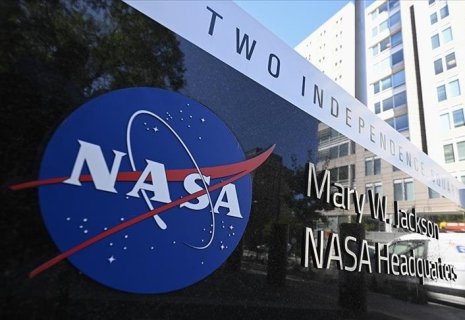
Major Lunar Standstill to Occur on June 11
The most southern full moon in the next 18 years is set to light up the sky: on June 11, the phenomenon of the major lunar standstill will occur, a recurring event that happens every 18.6 years during which our satellite rises and sets in extreme positions much further north or south than usual, CE Report quotes ANSA.
In the first case, the Moon describes a wide arc in the sky, appearing very high, while when it is at its southernmost extreme, as it is this year, it traces a short arc and appears extremely low on the horizon.
Sylvester Stallone Buys $35 Million Palm Beach, Florida, Compound
We will have to wait until 2043 for the next lunar standstill.
"From Italy, the observations closest to the full phase will be possible in the early hours of June 11," says astrophysicist Gianluca Masi, scientific director of the Virtual Telescope. "You can accompany the splendid celestial body until dawn when it sets around 4:45 AM."
"The observation can then be repeated in the evening of June 11, with the Moon rising around 9:30 PM," he continues.
A similar condition had already occurred in June 2024, as the Moon was close to the peak of its approximately 18-year cycle. In this case, however, about 17 hours after the moment of full moon, around 2:30 AM on June 12, our satellite will reach an even more southern position.
"At that moment, it will be a little lower not only than a few hours earlier but also than last year," Masi told ANSA.
"Since 17 hours after the full moon phase, the moon's disk is practically indistinguishable," the astrophysicist adds, "it is reasonable to indicate this as a record moment."
This lunar standstill also coincides with the Strawberry Moon, a nickname that comes from the American tradition due to the harvest that was done during this period. Enthusiasts can follow the event live on the Virtual Telescope Project website, starting at 9:30 PM on June 11: thanks to instruments installed in Manciano, in the province of Grosseto, under the darkest sky in mainland Italy, it will be possible to observe the Earth's satellite as it rises over the horizon of the Maremma, and images obtained at dawn from the capital will also be shown.























